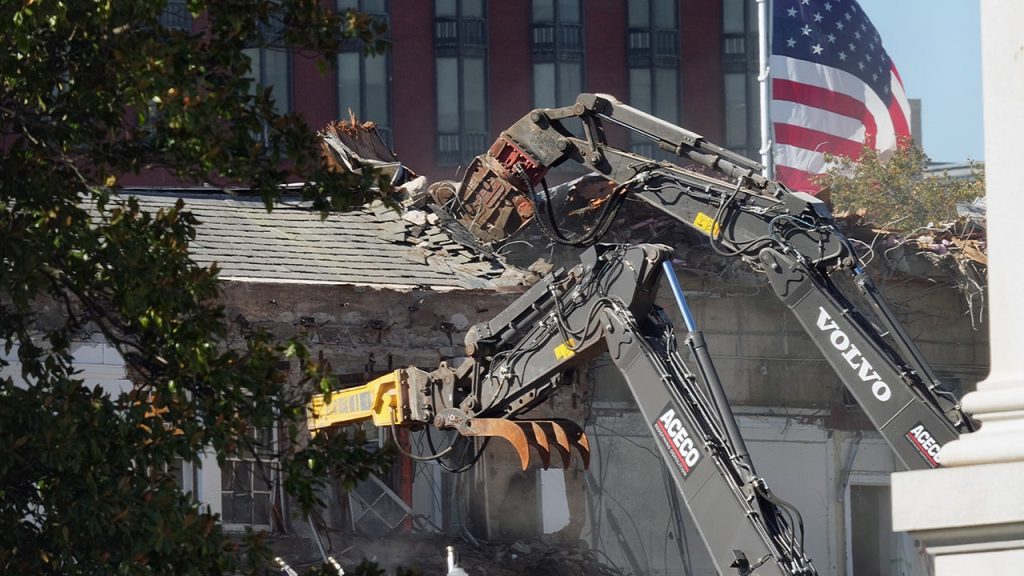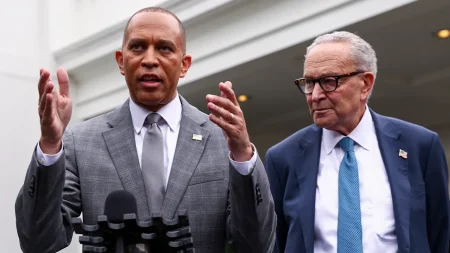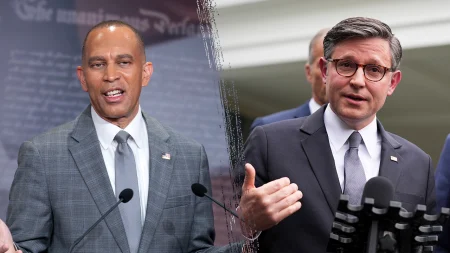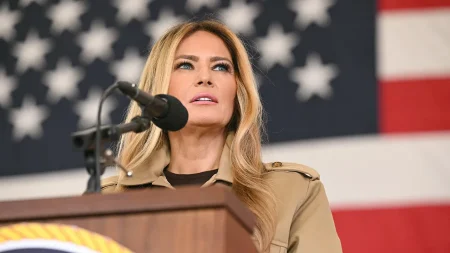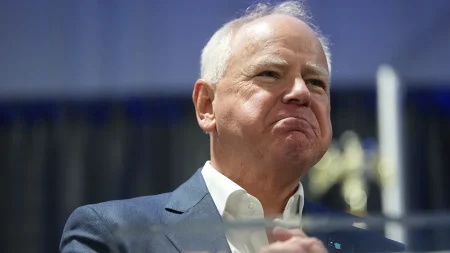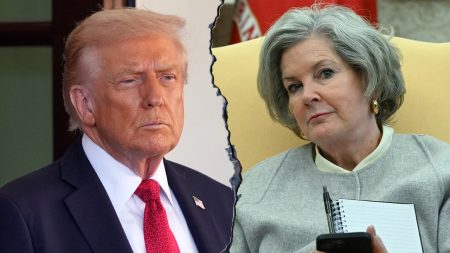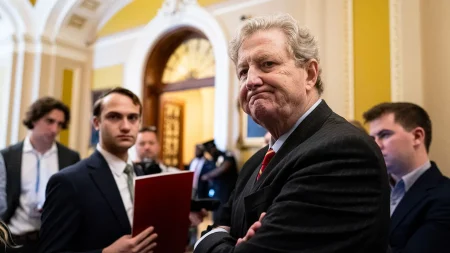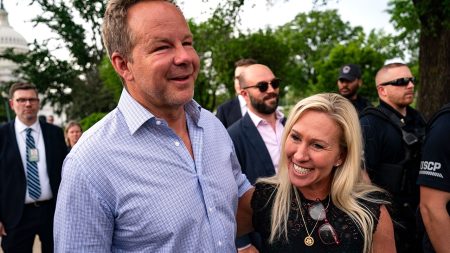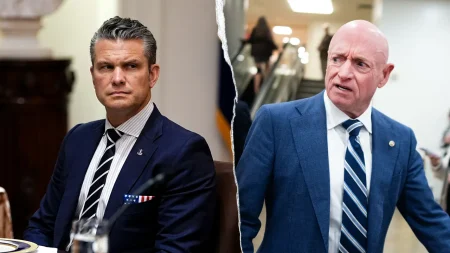Trump’s $200 Million White House Ballroom: A Vision for American Excellence
President Donald Trump has embarked on an ambitious $200 million privately funded project to add a grand ballroom to the White House, continuing a long tradition of presidential renovations to the historic residence. The construction, which has already begun with demolition work on the East Wing façade, represents what the administration calls a “bold, necessary addition” that will enhance the executive mansion for generations to come. While images of the construction site sparked controversy on social media, White House officials have defended the project as part of the natural evolution of the building that has seen numerous expansions and modernizations throughout its history.
White House Press Secretary Karoline Leavitt dismissed criticisms as “fake outrage,” pointing out that “nearly every single president who’s lived in this beautiful White House has made modernizations and renovations of their own.” She highlighted a practical need that previous administrations have acknowledged—the lack of adequate event space in the White House. According to Leavitt, presidents for decades have wished for larger gathering areas beyond the current East Room and State Dining Room. She specifically noted that President Obama had once complained about having to host a state dinner on the South Lawn under a rented tent due to space constraints. The administration has compiled a list of more than a dozen examples of previous presidential modifications to the property, ranging from Theodore Roosevelt’s addition of the West Wing in 1902 to Barack Obama’s Kitchen Garden in 2009.
Trump himself confirmed the ballroom project on his Truth Social platform, describing it as “the new, big, beautiful White House Ballroom.” He emphasized that the construction involves modernizing the East Wing, which is “completely separate from the White House itself,” and will make it “more beautiful than ever.” The president took pride in addressing what he characterized as a long-standing need, stating that “for more than 150 years, every President has dreamt about having a Ballroom,” and expressing honor at being “the first President to finally get this much-needed project underway.” A key point repeatedly stressed by Trump and his team is that the project comes “with zero cost to the American Taxpayer,” being funded instead by “many generous Patriots, Great American Companies, and yours truly.”
The White House has actively defended the project through various communications channels, with the Rapid Response 47 account sharing detailed information on social media about how past presidents have continually renovated and expanded the White House to meet contemporary needs. This historical context is meant to position Trump’s ballroom addition as part of a natural progression rather than a radical departure from tradition. In public remarks about the project, Trump has characterized the construction sounds as “music to my ears” that “reminds me of money. In this case, a lack of money, because I’m paying for it.” He has also highlighted the practical limitations of the current East Room, describing it as merely “a cocktail area” with capacity for only about 88 people, suggesting the new ballroom will significantly enhance the White House’s hosting capabilities.
During a Diwali celebration at the White House, Trump further contextualized the project while referencing his decision not to accept a presidential salary. He joked that “they probably owe me a lot of money” for his investments in the building, adding, “If I get money from our country, I’ll do something nice with it. Like give it to charity or give it to the White House.” The president portrayed the ballroom as fulfilling a need that has existed for a century and a half, suggesting the project represents his commitment to improving the executive residence for future administrations regardless of political affiliation. According to the White House, the ballroom will serve as “a beacon of American excellence” and “will be happily used for Generations to come.”
This ballroom initiative continues Trump’s pattern of making significant improvements to the White House grounds during his presidency. Previous renovations include an overhaul of the Rose Garden and work on the Palm Room, reflecting his background in real estate development and interest in architectural legacy. While some critics, including Hillary Clinton, have expressed opposition to the project—with Clinton reportedly stating it’s “not his house”—the administration maintains that presidential modifications to the White House are both traditional and necessary. The debate around the ballroom construction highlights the often complex intersection of presidential prerogative, historical preservation, and the symbolic meaning of changes to America’s most famous residence, which must simultaneously function as both a working office and a ceremonial space representing the nation to the world.





